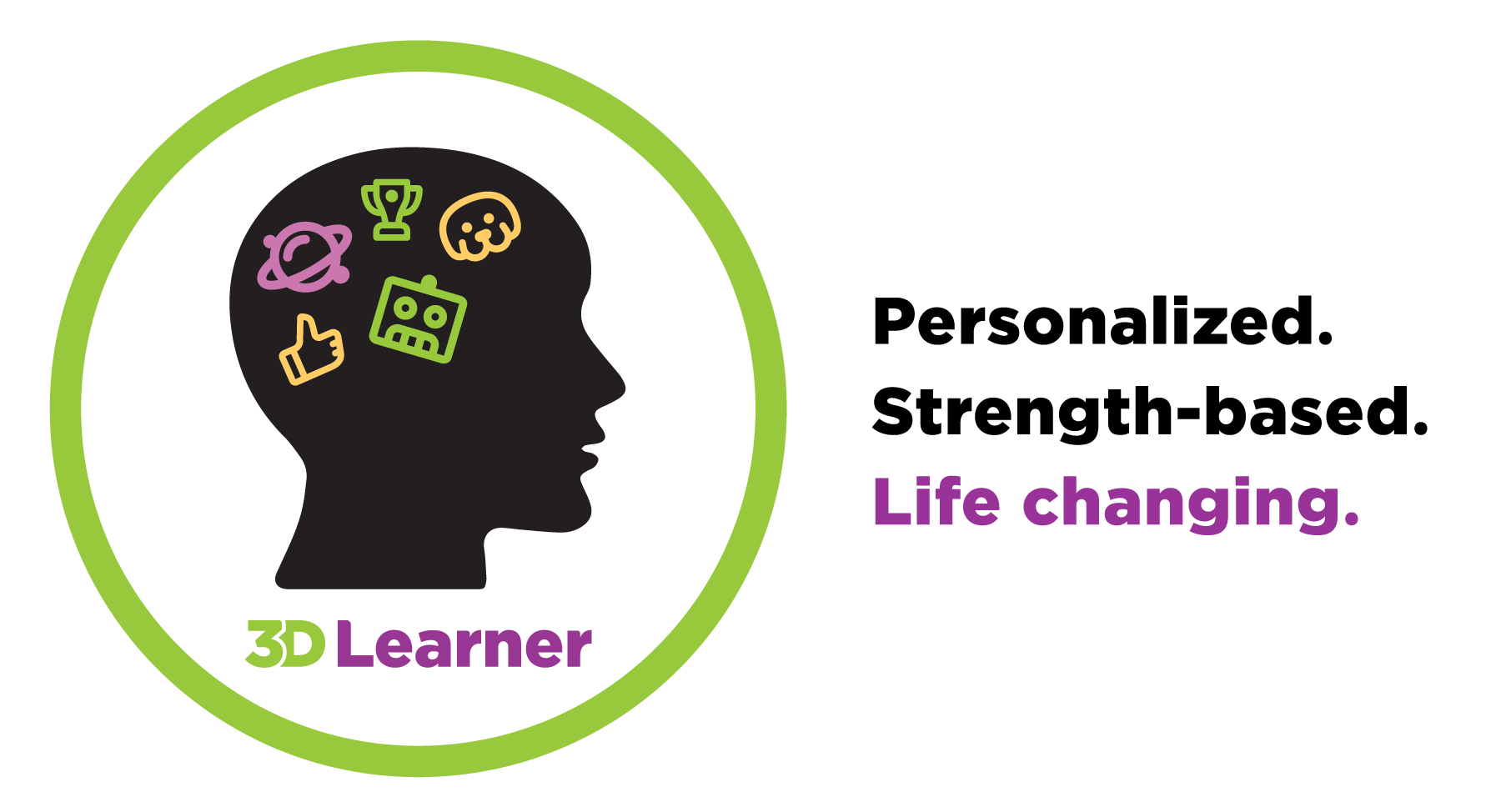Handling Meltdowns and Tantrums
Given how smart visual learners can be, it might seem reasonable and natural to use speech, verbal cues, and discussion as the primary means to help your child process their behavior and its fallout. All too often, we just want to talk it out right there and then.
BUT PLEASE DON’T! STAY CALM. Below are 5 easy tips for defusing the situation.
1. Forget the discussion and just assure your child you are there for them. The talking can wait. Now, all you need to do is assure your child you hear him/her. Hug them or wrap a blanket around your child to help them calm down. Reassure them that you love them.
2. Try some breathing exercises together. Slowly breathe in to the count of four. Hold the breath for the count of three. Then slowly blow out through your mouth to the count of four. Repeat three times.
3. Use as few words as possible, in a calm and quiet voice. Do not talk about what triggered that meltdown.
4. A quiet conversation at bedtime can be a good way to let your child talk over what happened during the day and what may have caused the problem behavior. LISTEN, don’t judge. As they start to understand things, let them help problem-solve ways to calm down if they start to feel upset.
5. Observe the types of issues that trigger your child’s anxieties and meltdowns. Be very aware of how many words you use – and use less. Your child will tell you what is worrying them. Try not to express critique or judgment of them. Let them calm down and discuss things at their own pace. We know that parents can get frustrated by these behaviors. It can feel counterintuitive to hold back immediate verbal discourse. Try to stay calm, in control, and be supportive. Praise your child for sharing. Always reassure your child that they can come to you to tell you anything. (there may be things you don’t want to hear, but wouldn’t you rather they tell you than their friends?)
It takes practice to stay calm, but this is a long-term trust you are building.





